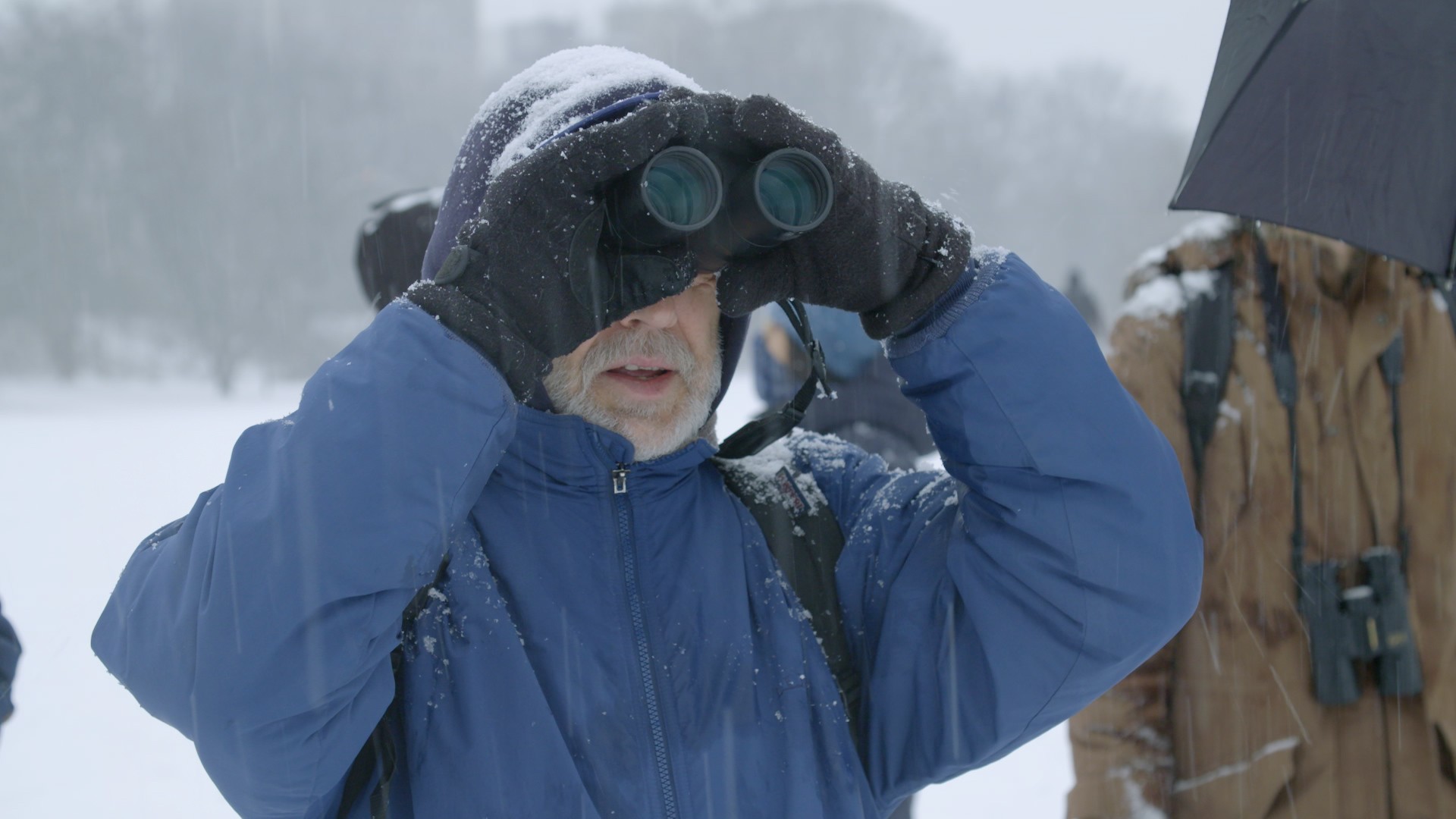Carcasses of tufted puffins, October 2016. Image: Aleut Community of St Paul Island Ecosystem Conservation Office
As many as 8,800 birds in the Bering Sea starved to death in late 2016, in part due to the climate crisis, says a new study.The die-off was catalogued by local volunteers who identified more than 350 carcasses that washed up on the shores of St. Paul Island in the northern Pacific Ocean.Tufted puffins suffered the biggest losses, making up 79 percent of recovered birds, while crested auklets made up 11 percent.“Mass mortality events (MMEs) are increasing in frequency and magnitude, potentially linked with ongoing climate change,” the team, led by Timothy Jones, a marine ecologist at the University of Washington, said in a paper published on Wednesday in PLOS ONE.“Seabird MMEs are perhaps one of the most frequently occurring and widely reported types of MME in the literature.”Volunteers working with the Coastal Observation and Seabird Survey Team (COASST), a citizen science program run by the University of Washington, started to notice the uptick in “severely emaciated” carcasses in October 2016, the authors said, suggesting a food shortage was the driving force behind the devastating event. Tufted puffins are specialized hunters that can dive and swim to catch fish, squid, and krill. But warming in the Bering Sea from 2014 to 2016 disrupted the ocean food web near the seabirds’ island breeding grounds. Zooplankton populations dropped in response to the hotter temperatures, which caused fish and invertebrates to either die or move to feed elsewhere, leaving the seabirds with nothing to eat.The death toll from the resulting famine was likely compounded by bad timing, the team said. The food shortage coincided with the onset of molting, the process by which birds shed old and damaged flight feathers and replace them with new ones.Molting can be a precarious time for seabirds because growing new feathers requires more energy than usual, necessitating higher food consumption. Flying with a mix of old and new feathers also makes catching prey more demanding for the birds, the team said.While catastrophic losses for seabirds are normally short-lived, they can cause long-term damage to populations. This has ripple effects across the wider ocean ecosystem, which includes the human communities on these remote Arctic islands.“The islands have also been hunting and harvesting grounds to Unangan (or Aleut) for millennia, with permanent settlements on both islands established in the late 1700s,” the paper said.“Several species of seabirds are important cultural and subsistence resources, and as such seabird mortality events are both an ecological and societal concern for island residents.”
Tufted puffins are specialized hunters that can dive and swim to catch fish, squid, and krill. But warming in the Bering Sea from 2014 to 2016 disrupted the ocean food web near the seabirds’ island breeding grounds. Zooplankton populations dropped in response to the hotter temperatures, which caused fish and invertebrates to either die or move to feed elsewhere, leaving the seabirds with nothing to eat.The death toll from the resulting famine was likely compounded by bad timing, the team said. The food shortage coincided with the onset of molting, the process by which birds shed old and damaged flight feathers and replace them with new ones.Molting can be a precarious time for seabirds because growing new feathers requires more energy than usual, necessitating higher food consumption. Flying with a mix of old and new feathers also makes catching prey more demanding for the birds, the team said.While catastrophic losses for seabirds are normally short-lived, they can cause long-term damage to populations. This has ripple effects across the wider ocean ecosystem, which includes the human communities on these remote Arctic islands.“The islands have also been hunting and harvesting grounds to Unangan (or Aleut) for millennia, with permanent settlements on both islands established in the late 1700s,” the paper said.“Several species of seabirds are important cultural and subsistence resources, and as such seabird mortality events are both an ecological and societal concern for island residents.”
Advertisement

